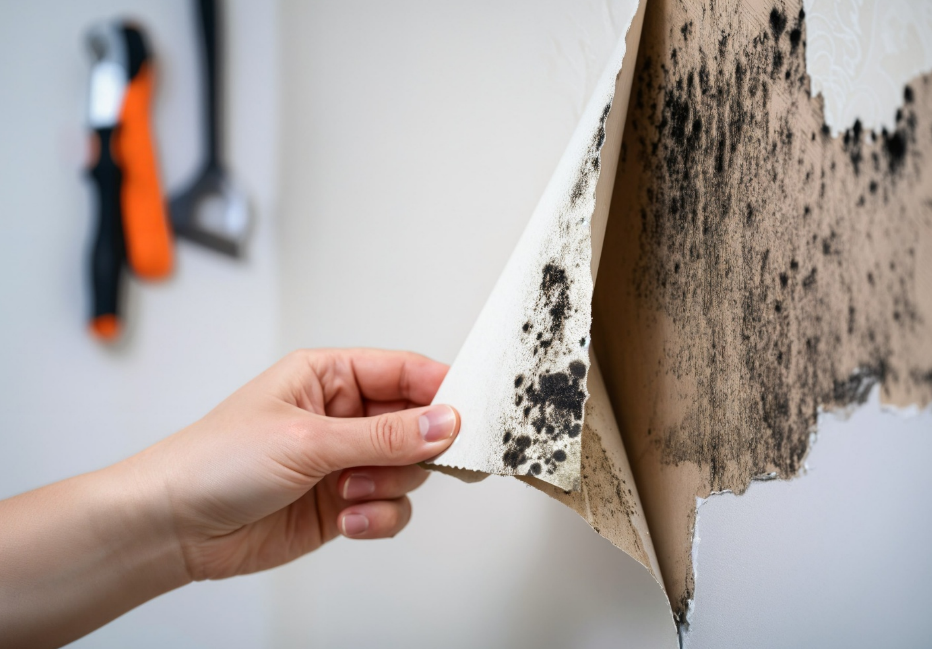Mold toxicity is a growing but often overlooked health crisis affecting millions of people worldwide. While many associate mold with musty basements and old buildings, few recognize its profound impact on human health. Mold exposure can lead to chronic illnesses, debilitating symptoms, and a range of unexplained health issues that are frequently misdiagnosed. David Minkoff, M.D. emphasizes that understanding mold toxicity, its connection to chronic diseases, and the most effective ways to detox and recover is crucial for safeguarding your well-being.
Understanding Mold Toxicity
Mold is a type of fungus that thrives in damp environments, releasing microscopic spores into the air. Some mold species produce toxic byproducts known as mycotoxins, which can infiltrate the body through inhalation, skin contact, or ingestion. While mold exposure is a common occurrence, prolonged or high-level exposure can lead to mold toxicity—a condition where mycotoxins accumulate in the body, causing systemic inflammation and immune dysfunction.
Mold can grow in homes, workplaces, and schools, often hiding behind walls, beneath flooring, or inside HVAC systems. Water damage, high humidity, and poor ventilation create ideal conditions for mold proliferation, making it a widespread but invisible health threat.
The Connection Between Mold Toxicity and Chronic Disease
Mold toxicity is often misdiagnosed because its symptoms mimic those of other chronic illnesses, such as Lyme disease, chronic fatigue syndrome, fibromyalgia, and autoimmune disorders. Many individuals suffering from mold toxicity endure years of misdiagnoses and ineffective treatments before uncovering the root cause of their health struggles.
Some of the most common symptoms of mold toxicity include:
- Persistent fatigue
- Brain fog and memory loss
- Chronic headaches
- Respiratory issues (wheezing, shortness of breath, sinus infections)
- Joint and muscle pain
- Skin rashes and unexplained itching
- Digestive issues, including bloating and food sensitivities
- Anxiety, depression, and mood swings
How Mold Affects the Body
Mold toxins disrupt multiple bodily systems, leading to widespread inflammation and dysfunction. Here’s how mold toxicity affects various systems in the body:
1. The Immune System
Mold exposure can suppress immune function, making individuals more susceptible to infections, colds, and chronic inflammation. In some cases, mold toxins can trigger autoimmune responses, where the body mistakenly attacks its own tissues.
2. The Nervous System
Mycotoxins are neurotoxic, meaning they can damage nerve cells and interfere with brain function. This can result in cognitive impairment, memory loss, mood disorders, and heightened sensitivity to light, sound, and smells.
3. The Respiratory System
Mold spores and mycotoxins can inflame the respiratory tract, leading to chronic sinus infections, asthma-like symptoms, and a persistent cough. Individuals with pre-existing respiratory conditions are at higher risk for severe reactions.
4. The Digestive System
Mold exposure can disrupt gut health, causing leaky gut syndrome, bloating, food sensitivities, and malabsorption of essential nutrients. The gut-brain connection means these digestive disturbances can also contribute to mental health symptoms.
How to Test for Mold Toxicity
If you suspect mold toxicity, testing is crucial for diagnosis and treatment. There are several methods to determine mold exposure:
- Environmental Testing – Professional mold inspectors can assess your home or workplace for hidden mold growth using air quality tests and surface swabs.
- Urine Mycotoxin Tests – This test detects the presence of mycotoxins in the body, providing insight into the severity of mold exposure.
- Blood Tests – Some functional medicine practitioners order blood tests to measure inflammatory markers and immune system reactions associated with mold toxicity.
- Visual Contrast Sensitivity (VCS) Test – A simple online or in-office test that assesses neurological impairment caused by mycotoxin exposure.
How to Detox from Mold Toxicity
Detoxifying from mold toxicity requires a multi-faceted approach that includes removing the source of exposure, supporting the body’s detox pathways, and repairing damaged systems. Here are the most effective ways to detox and recover:
1. Remove the Source of Exposure
The first step in healing is eliminating ongoing mold exposure. This may involve:
- Identifying and remediating mold growth in your home
- Using HEPA air purifiers to filter mold spores
- Avoiding water-damaged buildings and musty environments
2. Support the Body’s Detoxification Pathways
Once exposure is minimized, the next step is aiding the body’s natural detox processes. Effective detox strategies include:
- Binders – Activated charcoal, bentonite clay, and chlorella can help bind and eliminate mycotoxins from the body.
- Sweating – Infrared saunas and regular exercise support detoxification through sweat.
- Hydration – Drinking plenty of filtered water helps flush toxins from the system.
- Liver Support – Milk thistle, glutathione, and N-acetylcysteine (NAC) help the liver process and remove toxins.
3. Restore Gut Health
Healing the gut is essential after mold exposure. This can be achieved by:
- Taking probiotics to replenish beneficial bacteria
- Consuming anti-inflammatory foods like leafy greens, turmeric, and bone broth
- Avoiding processed foods, sugar, and alcohol, which can worsen inflammation
4. Support the Immune System
A compromised immune system needs targeted support, including:
- Vitamin C and D to enhance immune resilience
- Zinc and selenium to reduce oxidative stress
- Colostrum or immunoglobulins to help modulate immune response
5. Reduce Inflammation
Chronic inflammation can be addressed by:
- Following an anti-inflammatory diet rich in omega-3 fatty acids
- Using adaptogens like ashwagandha and Rhodiola to balance stress response
- Prioritizing quality sleep to promote healing and cellular repair
The Road to Recovery
Mold toxicity is a serious yet underdiagnosed condition that can have life-altering consequences. However, with proper testing, detoxification, and lifestyle changes, recovery is possible. If you suspect mold toxicity, take action to remove exposure, support your body’s detox pathways, and seek guidance from a healthcare provider who specializes in environmental medicine. By raising awareness of this hidden epidemic, more people can take control of their health, prevent long-term damage, and reclaim their vitality. If you’ve been struggling with unexplained symptoms, consider the possibility of mold toxicity—it could be the missing piece in your health puzzle.
